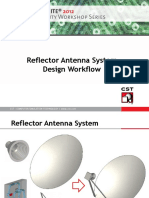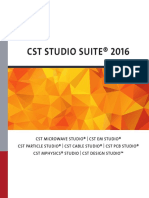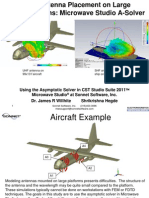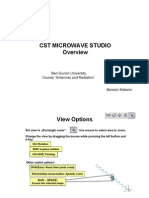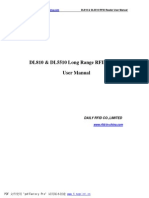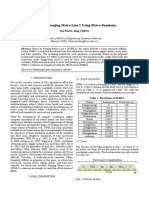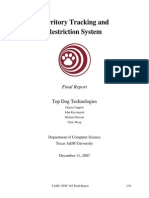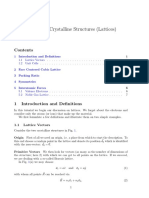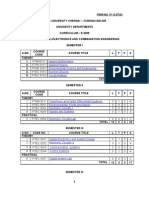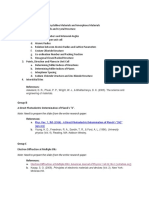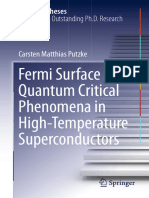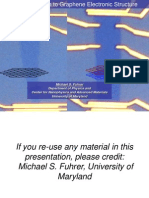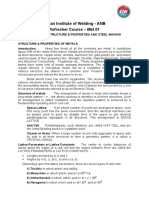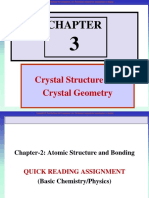100% found this document useful (4 votes)
3K views39 pagesCST Antenna Array Workflow
CST Antenna Array WorkflowCST Antenna Array WorkflowCST Antenna Array WorkflowCST Antenna Array WorkflowCST Antenna Array WorkflowCST Antenna Array WorkflowCST Antenna Array WorkflowCST Antenna Array WorkflowCST Antenna Array Workflow
Uploaded by
Ngô Văn ĐứcCopyright
© © All Rights Reserved
We take content rights seriously. If you suspect this is your content, claim it here.
Available Formats
Download as PDF, TXT or read online on Scribd
100% found this document useful (4 votes)
3K views39 pagesCST Antenna Array Workflow
CST Antenna Array WorkflowCST Antenna Array WorkflowCST Antenna Array WorkflowCST Antenna Array WorkflowCST Antenna Array WorkflowCST Antenna Array WorkflowCST Antenna Array WorkflowCST Antenna Array WorkflowCST Antenna Array Workflow
Uploaded by
Ngô Văn ĐứcCopyright
© © All Rights Reserved
We take content rights seriously. If you suspect this is your content, claim it here.
Available Formats
Download as PDF, TXT or read online on Scribd
/ 39

